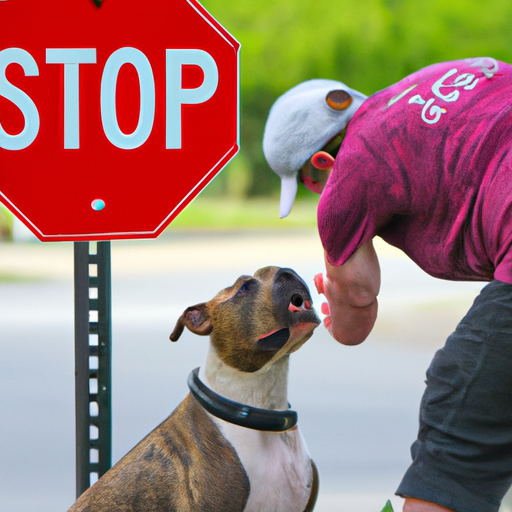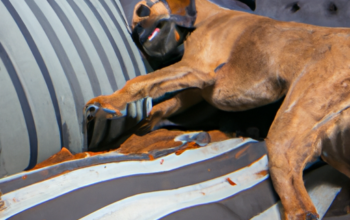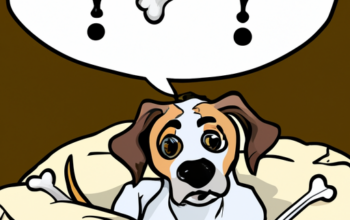Understanding Protective Aggression
Protective aggression in dogs is a behavior that usually stems from your dog’s instinct to keep you and your family safe. It’s important to understand that this behavior, while sometimes problematic, is fundamentally rooted in your dog’s love for you. But it’s also crucial to know when it crosses the line.
Your dog doesn’t have to be a large breed or a guard dog to exhibit protective aggression. Any breed or size of dog can display these behaviors. The key is to recognize the signs.
Signs of protective aggression include:
- Growling or snapping when someone approaches you or a family member
- Barking excessively when someone enters your home or yard
- Becoming overly alert or rigid when someone is near you
Addressing Protective Aggression
Addressing protective aggression in dogs requires patience, understanding, and consistency. Here are some steps you can follow:
- Recognize the triggers: Identify what or who triggers your dog’s protective aggression and note the circumstances surrounding the incidents.
- Seek professional help: Consider hiring a professional dog behaviorist. They have the skills and knowledge to properly address this issue.
- Consistent training: Consistency is key. Ensure everyone in your household follows the same rules and training methods.
Training Techniques to Curb Protective Aggression
Training your dog to curb protective aggression often involves teaching them that they are not in danger and that their aggressive behavior is not necessary. Here are some techniques you can incorporate:
- Basic obedience training: Teach your dog commands like ‘sit’, ‘stay’, ‘leave it’, etc. These commands can be used to distract your dog from their triggers and redirect their attention.
- Desensitization: Gradually expose your dog to their triggers in a controlled environment. Start from a distance and slowly decrease the distance over time.
- Positive reinforcement: Reward your dog when they react positively to their triggers. Use treats, praise, or toys.
| Techniques | Purpose | How to Implement |
|---|---|---|
| Basic obedience training | Distract and redirect | Teach commands such as ‘sit’, ‘stay’, ‘leave it’ |
| Desensitization | Gradual exposure | Start from a distance and decrease over time |
| Positive reinforcement | Reward good behavior | Use treats, praise, or toys |
When to Seek Professional Help
If your attempts at curbing your dog’s protective aggression are unsuccessful, or if the aggression escalates, it may be time to seek professional help. A professional dog trainer or behaviorist can provide insight into why your dog is behaving this way and can offer customized training solutions.
Preventing Protective Aggression
Preventing protective aggression starts with early socialization and consistent training. Expose your puppy to a variety of people, environments, and situations. This can help them understand that not every new person or situation is a threat. Training should be consistent, positive, and should involve the entire family.
Frequently Asked Questions
Q: Can any dog develop protective aggression?
A: Yes, any breed or size of dog can display these behaviors.
Q: Is protective aggression a sign of an unhealthy dog?
A: Not necessarily, protective aggression can be a normal behavior but it becomes problematic when it’s excessive and not managed properly.
Q: How long does it take to curb protective aggression in dogs?
A: The time it takes can vary greatly depending on the dog and the intensity of the aggression. Consistency is key.
Q: Can I train my dog out of protective aggression by myself?
A: While it’s possible to train your dog at home, it’s often beneficial to seek the help of a professional, especially if the aggression is severe.



